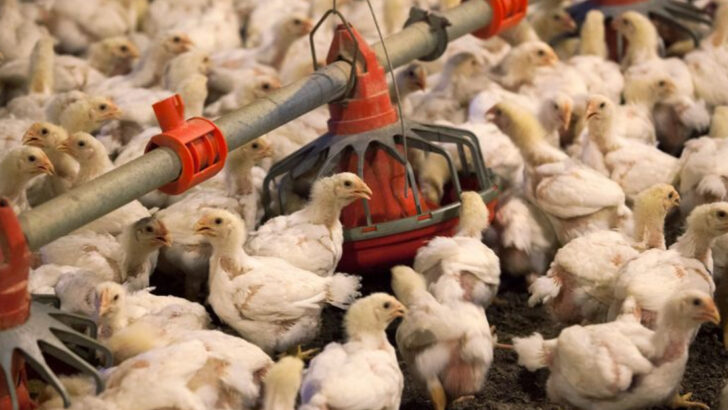Your chicken dinner has secrets—dark, twisted ones.
The kind that don’t show up on packaging or in cheerful farm commercials.
We’re talking cruelty on an industrial scale.
Deformities, filth, and suffering hidden behind sterile words like “broiler” and “processing.”
These birds live short, brutal lives—engineered for speed, not survival.
Some never see sunlight.
Others can’t even walk by the time they’re slaughtered.
And while you’re distracted by flashy deals and “natural” labels,
the truth is quietly clucking in the background, begging to be seen.
This isn’t about guilt-tripping or finger-pointing.
It’s about knowing what’s really happening behind those tightly closed barn doors.
Here are 17 facts the chicken industry prays you’ll never Google.
But once you know them, there’s no going back.
Overcrowded Living Conditions
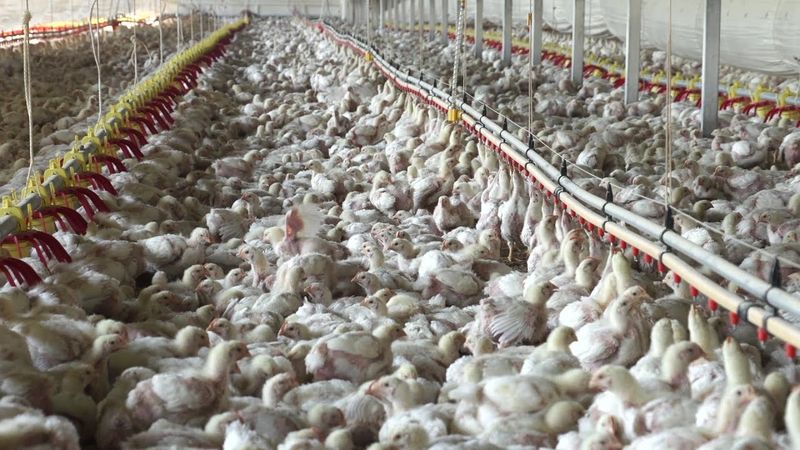
In the relentless pursuit of profit, chickens are often crammed into overcrowded spaces. These cramped conditions lead to stress and aggression among the birds. The lack of space to move freely results in physical injuries and mental distress. It’s a grim reality where survival becomes a daily challenge. Moreover, the air quality in these coops is poor, filled with dust and ammonia. This environment is not only harmful to the chickens but also poses health risks to workers. The industry’s focus remains on quantity over quality, neglecting the welfare of these sentient beings.
Rapid Growth Rates
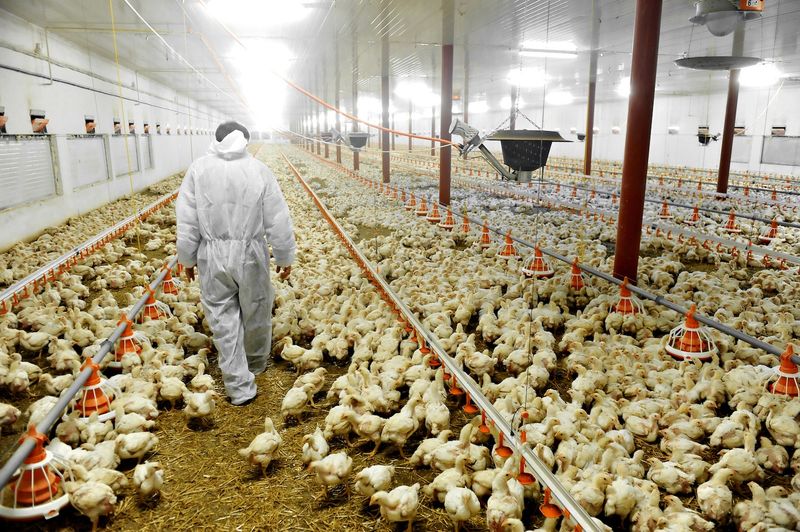
Chickens are bred to grow at alarming rates, reaching market size in just six weeks. This unnatural growth pace results in severe health issues. Their legs often cannot support their oversized bodies, leading to lameness. The rapid growth also strains their organs, causing heart and lung problems. Despite these issues, the industry continues this practice for quicker profits. The welfare of the chickens takes a backseat, raising ethical concerns about such exploitation. It’s a cycle of suffering that highlights the dark side of modern poultry farming.
Genetic Manipulation
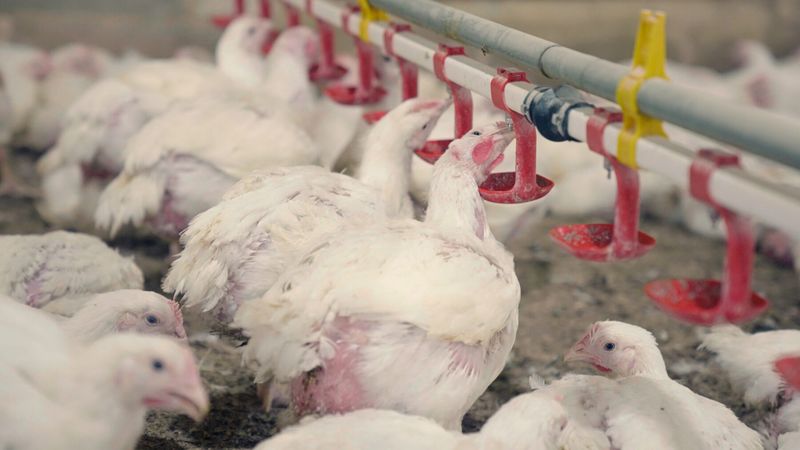
Through genetic manipulation, chickens are engineered to prioritize meat production. This has resulted in birds with disproportionately large breasts. While this satisfies consumer demand, it causes physical discomfort and limits mobility. The genetic alterations also increase susceptibility to disease. Such manipulation raises ethical questions and concerns over long-term health impacts. The focus on genetic traits for profit undermines the natural evolution of these animals. It paints a concerning picture of industry priorities overshadowing animal welfare.
Antibiotic Overuse
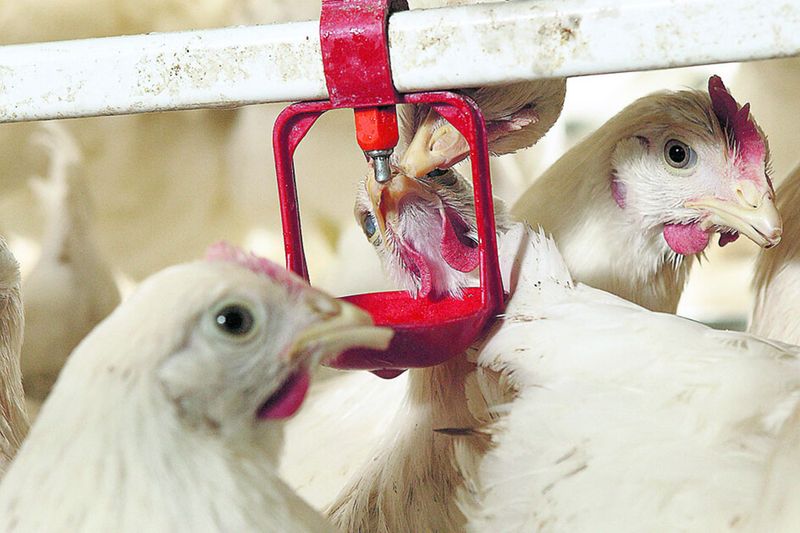
To combat the health issues arising from overcrowded conditions, antibiotics are heavily used. This overuse has led to antibiotic-resistant bacteria, posing a threat to human health. The reliance on antibiotics underscores the industry’s failure to provide humane living conditions. Instead of addressing root causes, this quick fix approach prevails. The implications extend beyond farms, as antibiotic resistance becomes a global concern. It’s a ticking time bomb waiting to affect public health on a massive scale.
Inhumane Slaughter Practices
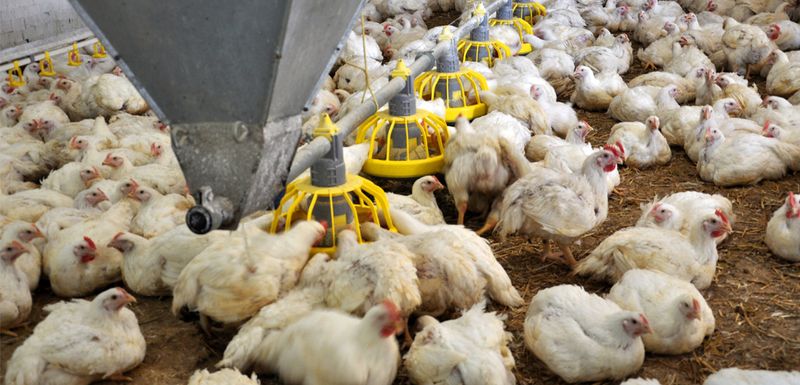
Chickens often face inhumane slaughter methods in the rush to meet production quotas. Many are not properly stunned before slaughter, resulting in unnecessary suffering. The assembly line nature of processing prioritizes speed over humane practices. This disregard for animal welfare raises significant ethical questions. The industry often turns a blind eye, focusing on efficiency over empathy. Such practices highlight the urgent need for reform in how chickens are treated at the end of their lives.
Environmental Impact
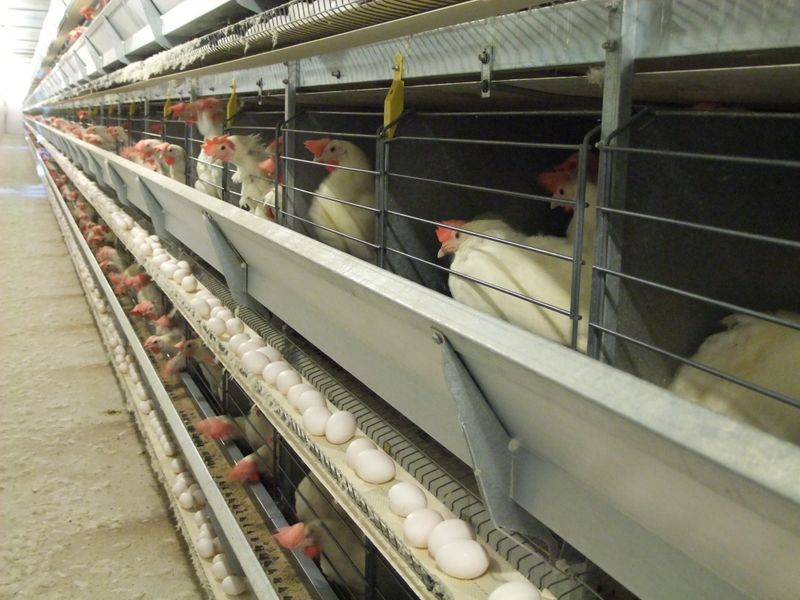
The environmental footprint of chicken farming is significant. Waste from farms contaminates nearby water sources, affecting ecosystems and local communities. The industry’s practices contribute to deforestation and habitat loss. The demand for feed leads to excessive grain production, impacting land use. These activities have far-reaching consequences on biodiversity and natural resources. Addressing these issues requires industry-wide commitment to sustainable practices. The current trajectory is unsustainable, threatening both the planet and future food security.
Worker Exploitation
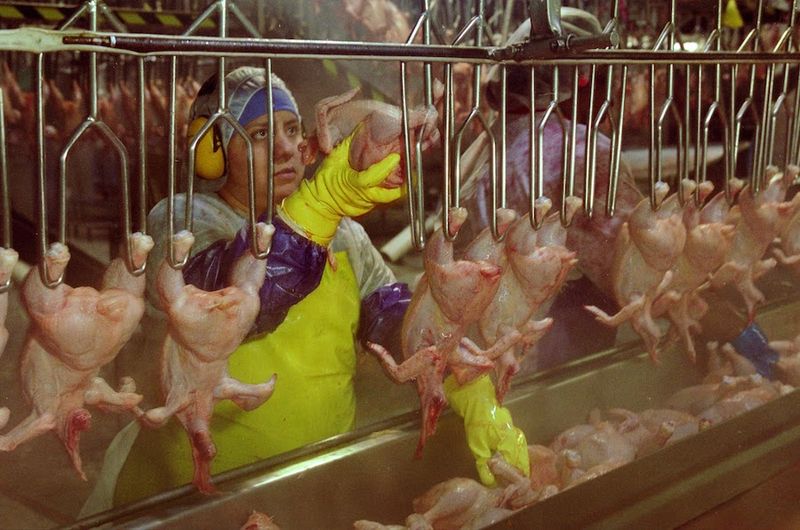
Beyond animal welfare, the chicken industry is notorious for exploiting workers. Employees often work long hours in harsh conditions for low pay. The lack of safety measures exposes them to health risks. Many workers face job insecurity and are denied basic rights. The labor practices reflect an industry driven by profit margins. Reform is needed to ensure workers are treated with dignity and respect. Improving conditions would benefit both the workforce and the industry’s reputation.
Misleading Marketing

Consumers are often misled by marketing claims such as “organic” or “free-range.” These labels can be deceptive, as standards vary widely. Many products labeled as such still involve questionable practices. The industry’s marketing strategies aim to placate ethical concerns without real change. Transparency is lacking, leaving consumers uninformed about the true nature of their purchases. This deception undermines consumer trust and highlights the need for stricter regulation on labeling practices.
High Mortality Rates
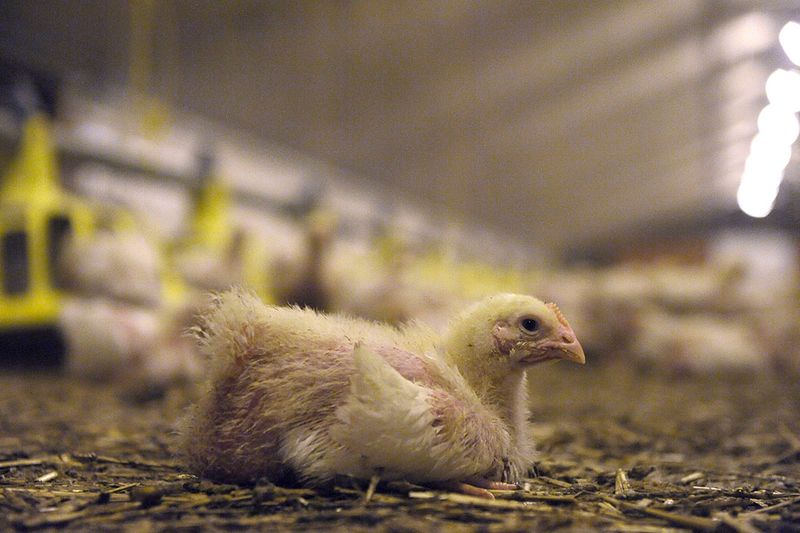
The intensive farming conditions result in high chicken mortality rates. Many birds succumb to disease and stress before reaching maturity. The industry’s approach often accepts these losses as part of the cost of doing business. This callous attitude reflects a lack of compassion for the animals involved. High mortality rates also indicate broader systemic issues within poultry farming. Addressing these requires a fundamental shift towards more humane practices.
Nutritional Deficiencies

Factory-farmed chickens are often fed a monotonous diet aimed at rapid weight gain. This diet lacks essential nutrients, leading to health issues. The nutritional deficiencies can affect the quality of the meat and eggs produced. The industry’s focus on efficiency overlooks the importance of a balanced diet for the birds. Improving feed variety could enhance both animal welfare and product quality. It’s a simple change that could yield significant benefits.
Disease Outbreaks
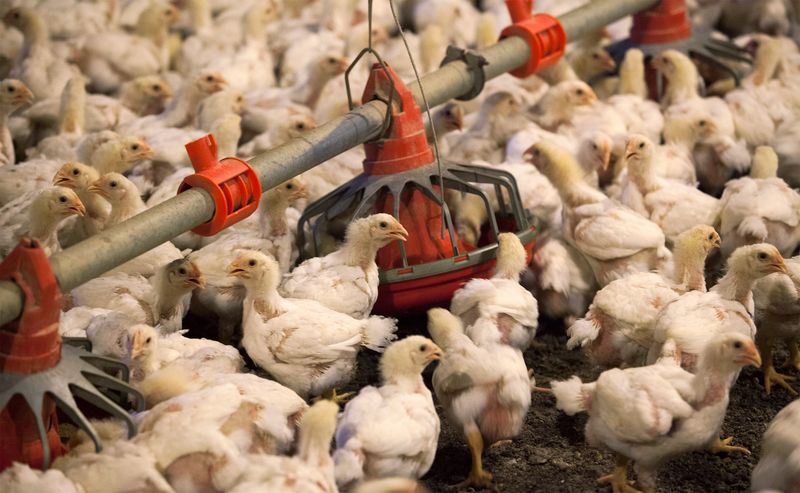
The crowded and unsanitary conditions in chicken farms are breeding grounds for disease. Outbreaks of avian flu and other illnesses pose serious risks. The industry’s practices exacerbate these threats, endangering both animals and humans. Preventive measures are often inadequate, focusing on containment rather than prevention. This reactive approach is short-sighted, with potentially devastating consequences. Comprehensive strategies are needed to protect both poultry and public health.
Ethical Concerns
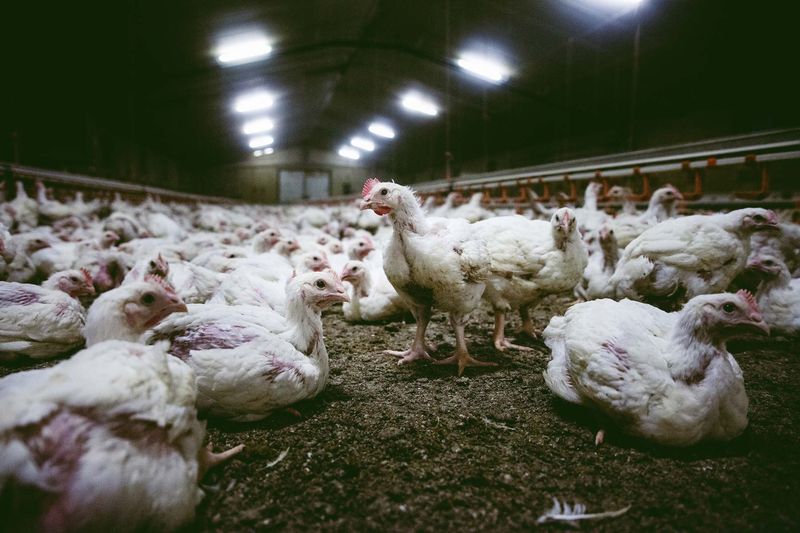
The ethical implications of chicken farming practices are profound. The treatment of chickens as mere commodities raises serious moral questions. The industry’s focus on profit often overshadows basic ethical considerations. Advocates call for reforms to ensure humane treatment. The current model is unsustainable, fostering a culture of indifference towards animal suffering. A shift towards ethical practices is not only possible but necessary for future sustainability.
Regulatory Loopholes
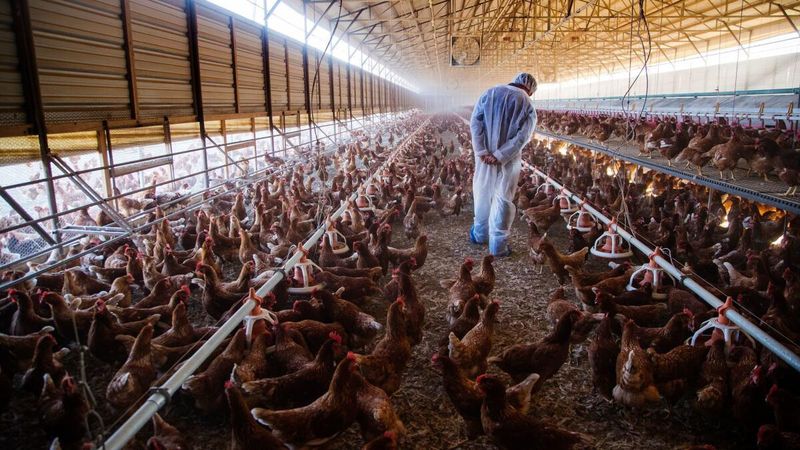
Regulations intended to protect poultry are often inadequate or poorly enforced. Loopholes allow the industry to bypass essential welfare standards. This lack of oversight leads to widespread abuse and exploitation. The regulatory framework needs strengthening to ensure compliance. Advocacy for better laws is essential to drive meaningful change. Without reform, the cycle of neglect and abuse will continue unchecked.
Lack of Transparency
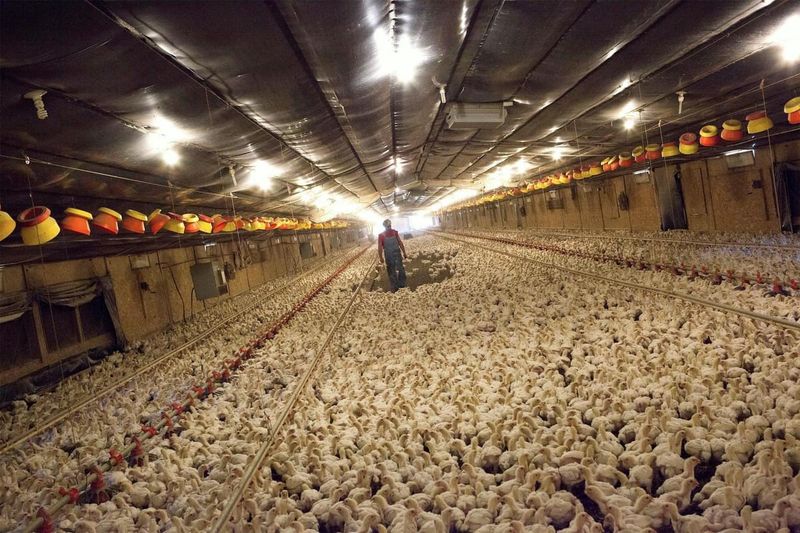
The chicken industry is notoriously opaque, with limited transparency in its operations. Information about farming practices is often hidden from the public. This secrecy breeds distrust and hinders accountability. Greater transparency would allow consumers to make informed choices. The industry must open its doors to scrutiny and embrace honesty. Transparency is key to rebuilding trust and ensuring ethical standards.
Impact on Small Farmers
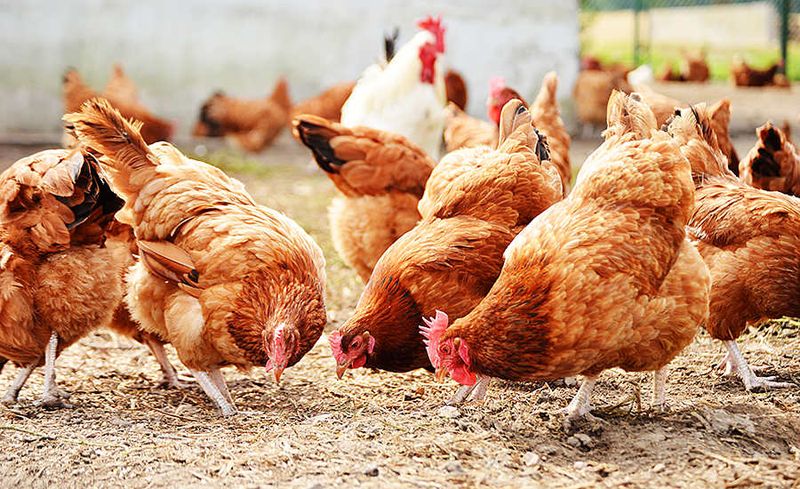
Small farmers often struggle to compete with large industrial operations. The dominance of big businesses squeezes out family farms. This imbalance affects rural economies and local food systems. Supporting small farmers is crucial for diversity and resilience in agriculture. The industry’s focus on scale over sustainability undermines these values. Policies should aim to level the playing field and support small-scale operations.
Cost to Consumers
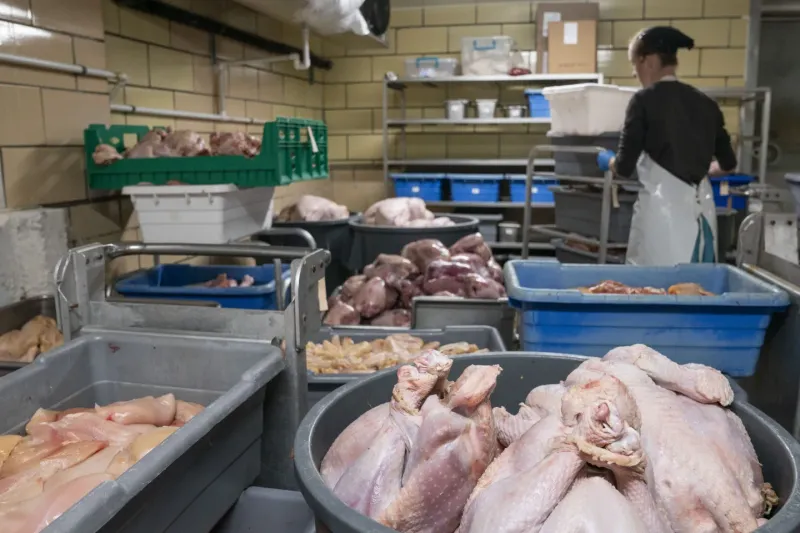
The true cost of chicken extends beyond the price tag. Hidden costs include health risks from antibiotic resistance and environmental damage. Consumers often pay the price for the industry’s unsustainable practices. Raising awareness about these hidden costs is essential for informed decision-making. The perception of cheap chicken masks the broader consequences. By understanding the full impact, consumers can push for change.
Global Supply Chain Issues
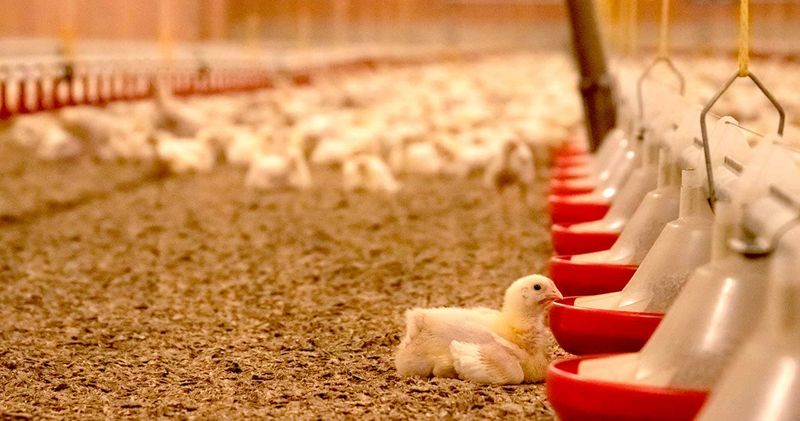
The global nature of the chicken supply chain poses challenges. Disruptions can affect availability and price stability. The industry’s reliance on complex logistics highlights vulnerabilities. Localized production could mitigate these risks and enhance food security. The current system prioritizes efficiency over resilience. Rethinking supply chain strategies could lead to more sustainable outcomes.

